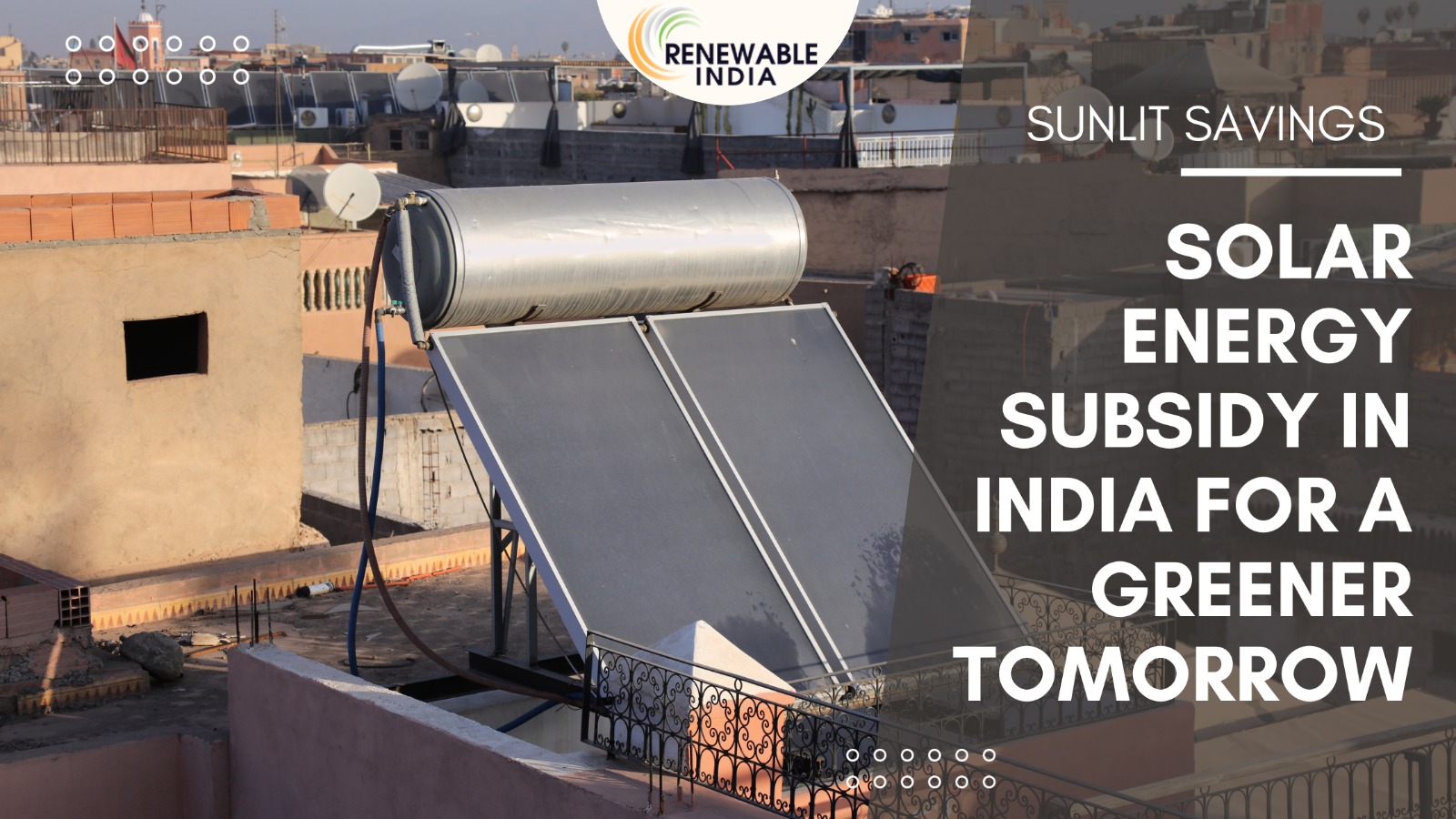
In India, the radiant embrace of the sun is not only a source of warmth but also a powerful ally in the pursuit of sustainable energy. As the nation strides towards a greener future, the government has introduced compelling subsidies to encourage the adoption of solar energy systems.
Let’s explore the generous incentives available for solar enthusiasts, brought to you by the progressive initiatives of the Indian government.
Solar Subsidies Based on Capacity
For solar energy systems with a capacity of up to 3 kW, a substantial subsidy of up to ₹14,588/kW awaits. Scaling up to systems ranging from 3 kW to 10 kW, the first 3 kW garners ₹14,588/kW, while the subsequent capacity receives ₹7,294/kW.
Beyond the 10 kW threshold, a fixed amount of ₹94,822 is provided. This significant financial support varies based on both system capacity and geographical location.
To calculate your Solar Rooftop investment, click on the link provided – https://solarrooftop.gov.in/rooftop_calculator
Residential Bliss: 40% Subsidy for Homeowners
The government sweetens the deal for residential homeowners by offering a generous 40% subsidy for on-grid solar systems up to 3 kW. This initiative aims to empower individuals to embrace sustainable living by making solar energy solutions more accessible and affordable.
Homeowners can avail of this subsidy through the state discom company by submitting complete installation documents on their dedicated portal.
Is a 1kW Solar power plant enough to run a house in India?
In theory, a 1 kW solar power plant has the potential to generate approximately 1,200 kWh of electricity annually, aligning with the average household consumption. This implies that, in an ideal scenario, such a solar plant could fulfill the energy needs of a typical Indian household.
However, several considerations warrant attention when evaluating the practicality of relying solely on a 1 kW solar power plant to power a residence.
To gauge the viability of a 1 kW solar power plant, we must juxtapose it with the energy requirements of an average Indian household. According to the Central Electricity Authority (CEA), the per capita electricity consumption in India stands at approximately 1,200 kWh per year. Extrapolating, the average household consumes around 3,600 kWh annually.
This estimate fluctuates based on variables such as household size, appliance usage, and dwelling dimensions.
Generation-Based Incentive
Beyond the initial subsidy, solar energy system owners can revel in an additional income stream through a generation-based incentive. Generating between 1100 kWh to 1500 kWh annually can yield up to Rs 2000 to 3000 per annum.
This incentive not only promotes solar energy adoption but also rewards customers for their contribution to a cleaner, greener environment.
Trading the Rays: Solar Renewable Energy Certificates (SRECs)
As a cherry on top, solar energy owners can turn their green efforts into financial gain through Solar Renewable Energy Certificates (SRECs). Earned for every 1,000 kilowatt-hours (or 1 megawatt-hour) produced, these certificates can be registered and sold on the SREC market.
This innovative approach transforms solar energy from a sustainable choice into a lucrative investment, adding an exciting layer of economic viability to the renewable energy landscape.
A Solar Renewable Energy Credit (SREC) represents the “green” value of your electricity. SRECs are sold separately from the physical electricity that your solar panels produce. Think of them like a “voucher” that proves that the electricity from your solar panels is renewable. You earn one SREC for every 1,000 kWh (or 1 MWh) of electricity produced by a solar system. These SREC “vouchers” are valuable because many utilities must buy a certain number of them each year to meet sustainability requirements set by the renewable portfolio standard (RPS) in each state.
Solar Renewable Energy Credits (SRECs)
The Indian government’s commitment to solar energy adoption is not just a gesture towards a cleaner future but a tangible investment in the sustainability of the nation. With enticing subsidies, generation-based incentives, and the opportunity to trade in SRECs, the sunlit path toward a greener India is paved with both environmental and financial rewards.
It’s time to harness the power of the sun and embark on a journey towards a brighter, sustainable tomorrow.
Leave a Reply